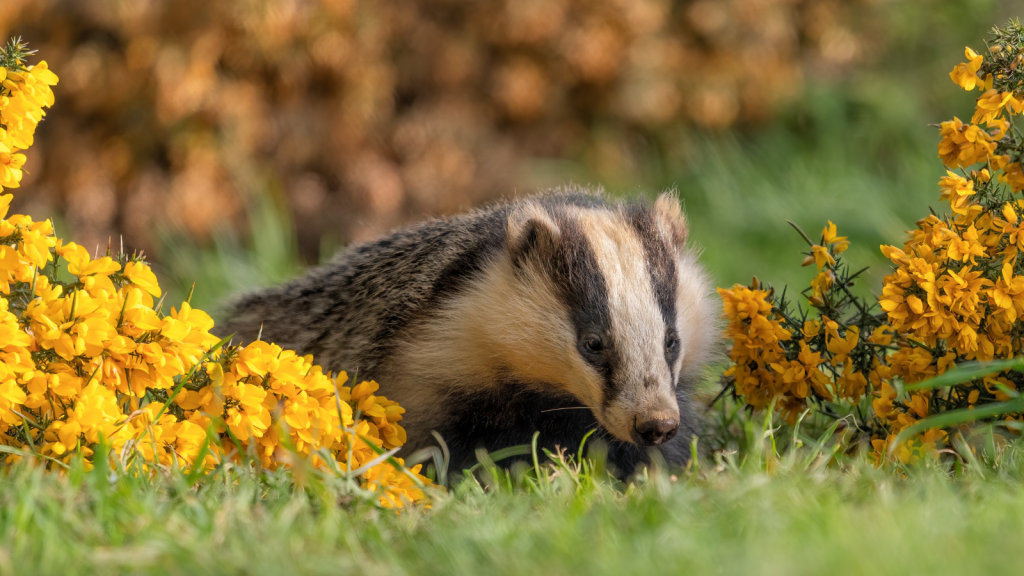The British badger, with its distinctive black and white striped face, has been a beloved icon of our countryside for centuries. These nocturnal mammals have captured our imagination, featuring in classic literature and folklore. But how much do you really know about these elusive creatures? From their impressive digging skills to their complex social lives, badgers are full of surprises. Although I’ve lived in the countryside my entire life, I’ve rarely seen a live badger, and I’m guessing that’s the same for most of us, given that badgers are nocturnal. But they’re genuinely interesting creatures, as you’ll find out.
They’re Related to Otters and Weasels
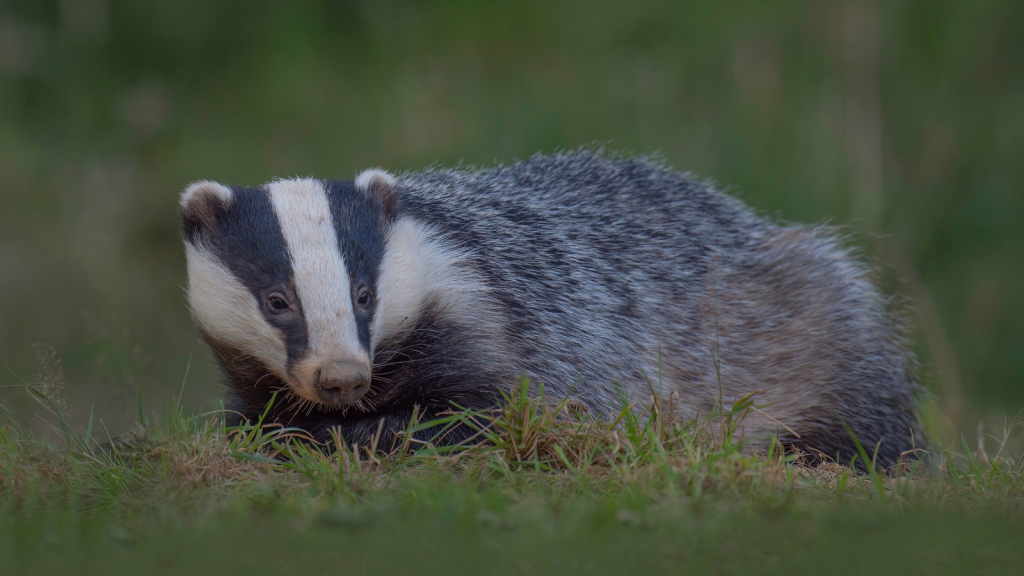
Badgers belong to the mustelid family, which includes otters, weasels, and stoats. Despite their stocky build, they share many characteristics with their sleeker cousins. Like other mustelids, badgers have scent glands and are skilled hunters. Their closest living relative is the otter, despite their very different lifestyles. Interestingly, badgers are the only mustelid to have adapted to a primarily underground lifestyle, which has led to their unique body shape and powerful digging abilities.
Badgers Live in Extended Families
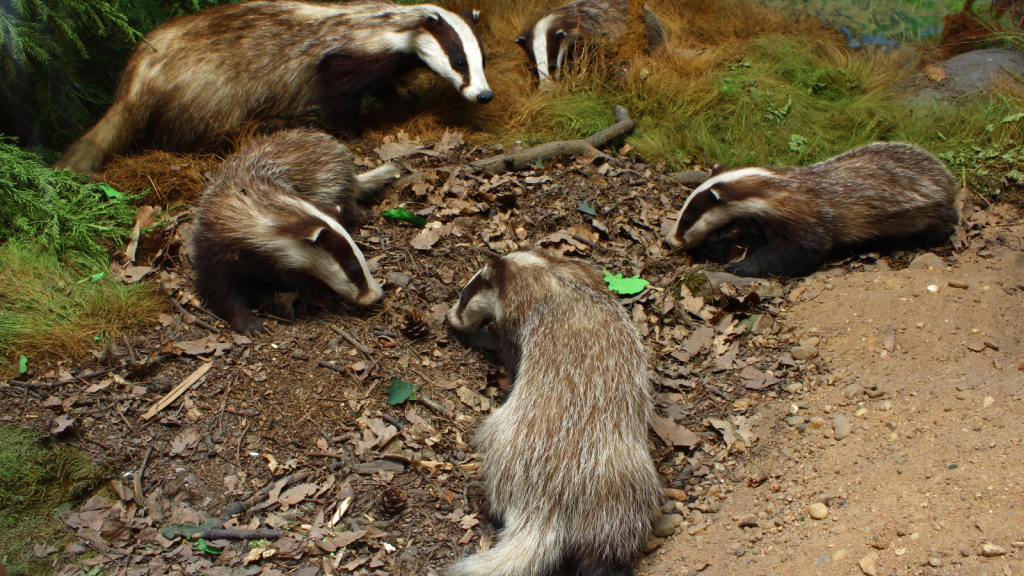
Unlike many mammals, badgers live in large family groups called clans. These clans can consist of up to 15 individuals, all sharing the same underground home, known as a sett. Within these clans, badgers have complex social relationships, with different members taking on various roles in the group. Badger clans are matriarchal, with the oldest female often being the dominant member and making decisions for the group.
Their Homes Are Engineering Marvels
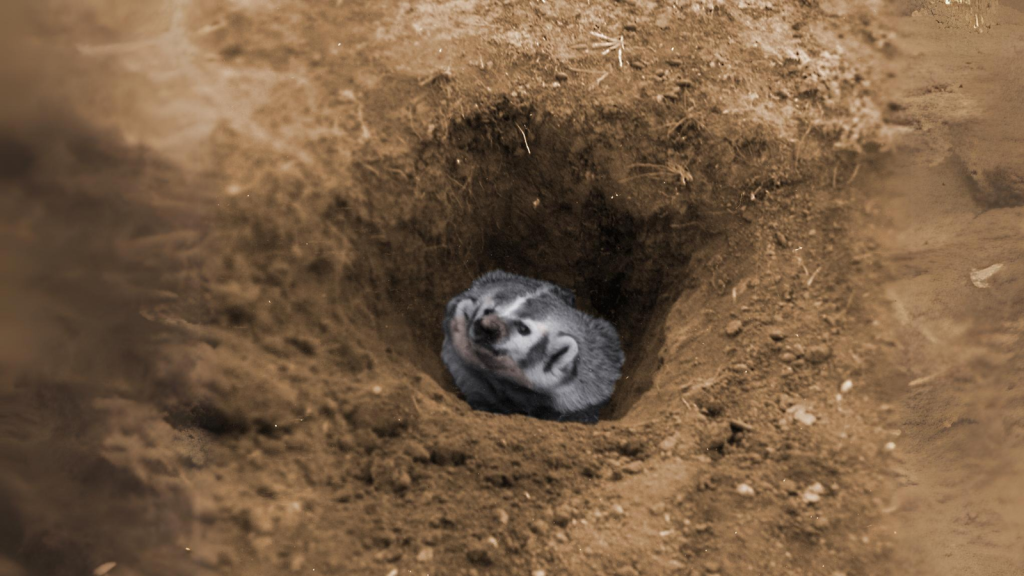
Badger setts are impressive underground structures. Some setts can be centuries old, passed down through generations of badgers. These homes can have up to 100 metres of tunnels and multiple chambers for sleeping, raising young, and even toilets. The largest known badger sett in Britain had over 50 entrances! Badgers continually maintain and expand their setts, with some large setts moving several tonnes of soil each year.
Badgers Are Incredibly Strong
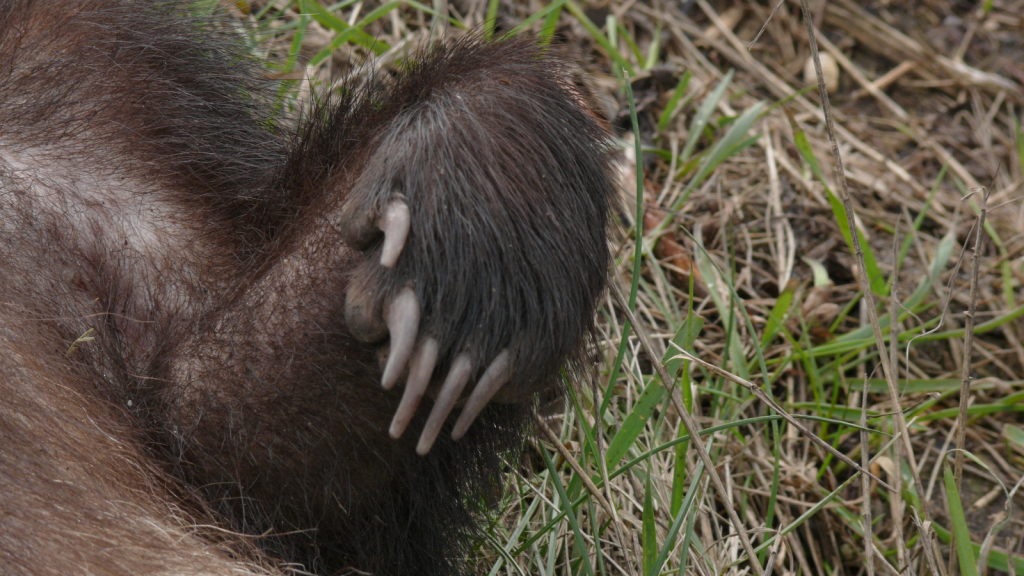
For their size, badgers are remarkably strong animals. They can move rocks and logs many times their own weight. This strength, combined with their powerful claws, makes them excellent diggers. A determined badger can dig through compacted soil faster than a human can with a shovel. Their muscular build also allows them to defend themselves against much larger predators, including foxes and even wolves in some parts of their range.
They Have a Sweet Tooth
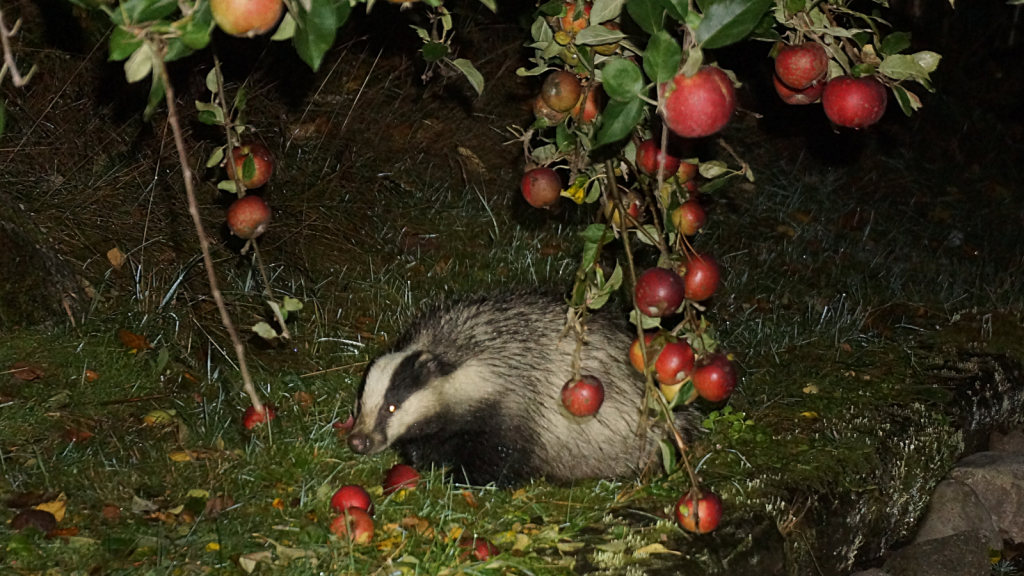
While badgers are omnivores and eat a variety of foods, they have a particular fondness for sweet treats. In the wild, they love blackberries and other fruits. Badgers have been known to raid beehives for honey, their thick fur protecting them from stings. This love of sweets can sometimes lead them into conflict with humans when they raid gardens or orchards. In autumn, badgers may spend up to 80% of their foraging time eating fruit, building up fat reserves for winter.
Badgers Have Poor Eyesight
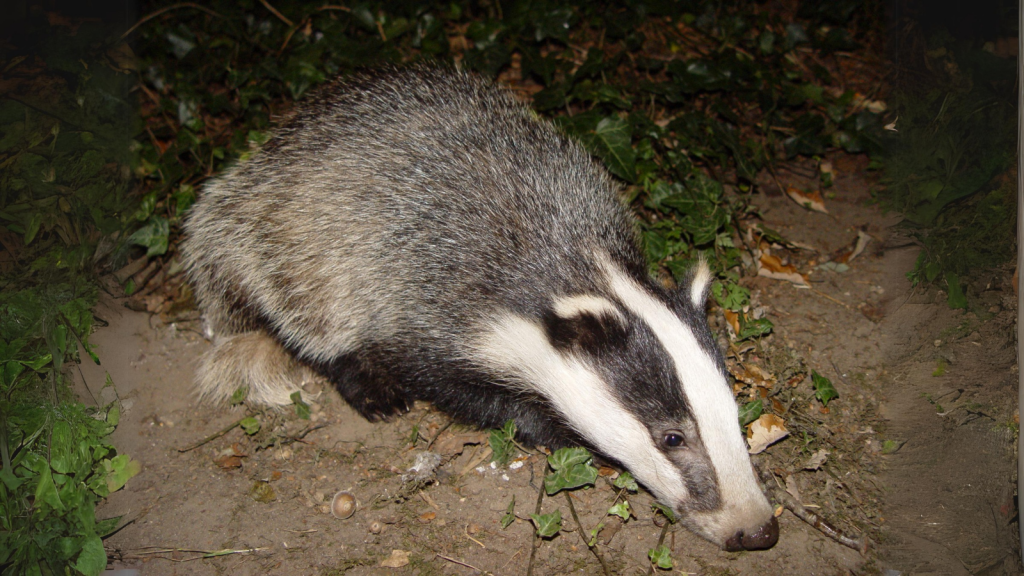
Despite their distinctive eye markings, badgers actually have quite poor vision. They rely much more on their keen sense of smell and hearing to navigate and find food. Their long snouts are packed with scent receptors, allowing them to sniff out earthworms – a favourite food – even when they’re underground. To compensate for their poor eyesight, badgers have highly sensitive whiskers that help them navigate in the dark tunnels of their setts.
They’re Excellent Swimmers
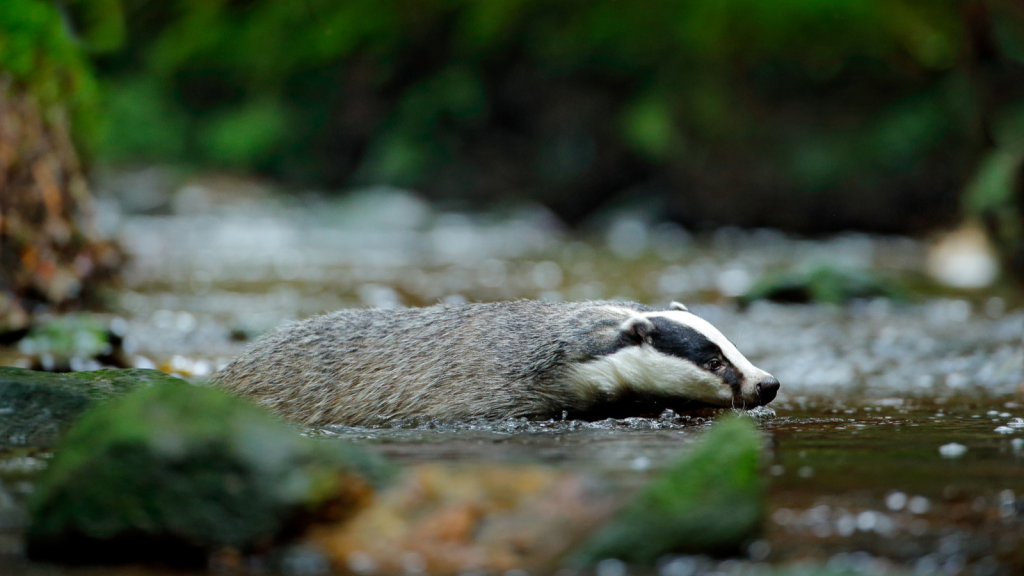
While we don’t often associate badgers with water, they are actually very capable swimmers. They have been observed crossing rivers and even catching fish. Some badgers living near water will regularly include aquatic prey in their diet, showing how adaptable these animals can be. Their waterproof fur and ability to close their ears and nostrils while underwater make them well-equipped for aquatic adventures.
Badger Cubs Are Born Blind
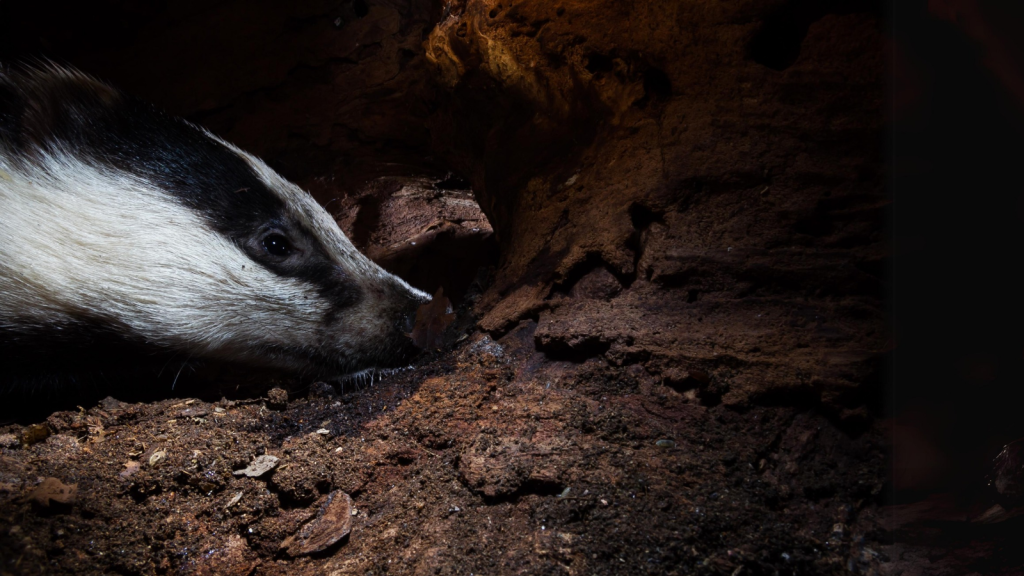
Baby badgers, called cubs, are born underground in the sett. At birth, they’re blind, deaf, and covered in soft grey fur. They don’t develop their distinctive black and white markings until they’re a few weeks old. Cubs stay underground for about eight weeks before venturing out to explore the world above. A female badger, or sow, can delay implantation of a fertilised egg, allowing her to time the birth of her cubs when food is most plentiful.
They Have Striped Pyjamas
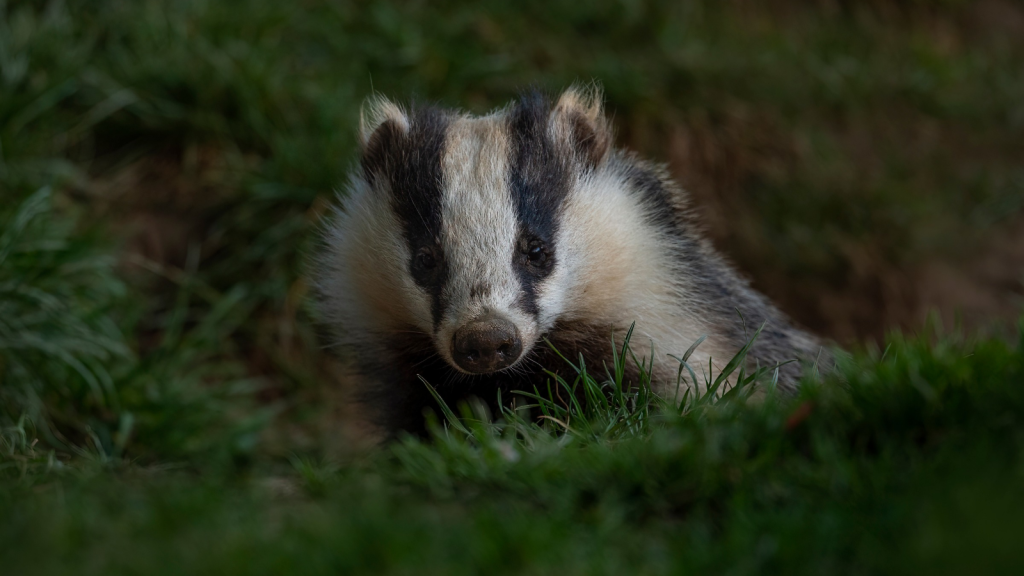
While we’re all familiar with the badger’s striped face, few people know that this pattern extends to their entire body. Under their coarse outer fur, badgers have softer underfur that’s striped black and white, rather like a pair of pyjamas. This hidden pattern is rarely seen as it’s covered by their outer coat. The striped underfur may help with thermoregulation, trapping air to keep the badger warm in its underground home.
Badgers Can Live for Over a Decade
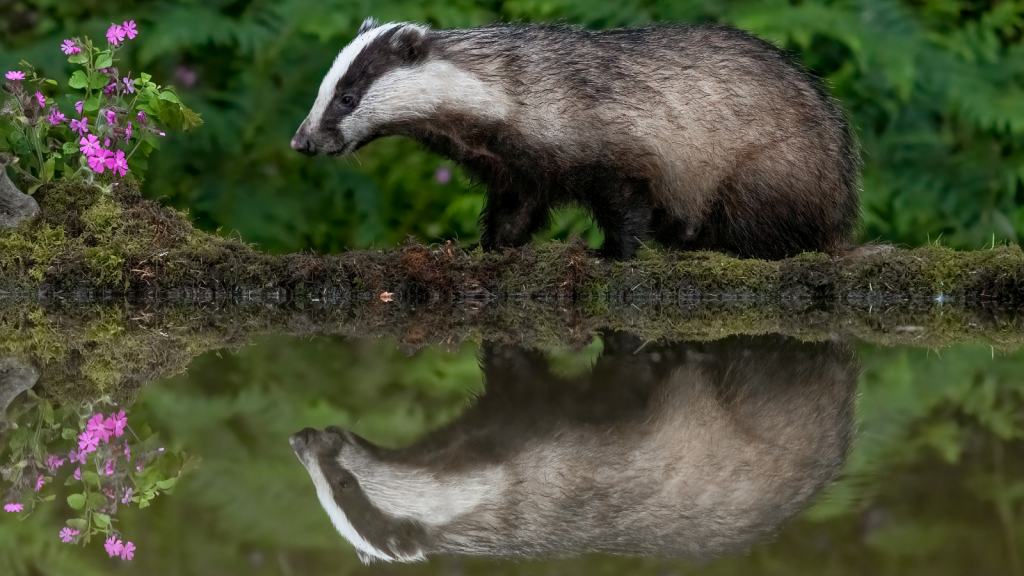
In the wild, badgers typically live for about six years. However, in favourable conditions, they can live much longer. The oldest recorded wild badger lived to be 16 years old! In captivity, where they’re protected from many natural threats, badgers have been known to live up to 19 years. Badgers in urban areas often have longer lifespans than their rural counterparts, likely due to easier access to food and fewer natural predators.
They’re Surprisingly Vocal
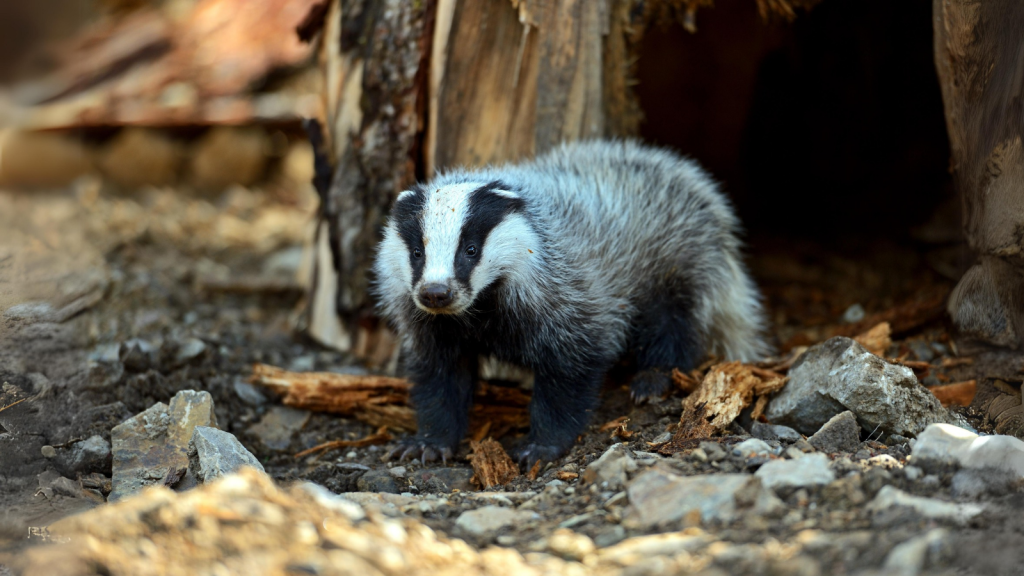
While badgers are often thought of as quiet animals, they actually have a wide range of vocalisations. They can purr like cats when content, and make loud growling or snarling sounds when threatened. During mating season, badgers make a distinctive loud call that sounds somewhat like a kettle whistling. They also communicate through scent marking and body language, using subtle postures and movements to convey information to other badgers.
Badgers Have Reversible Ears
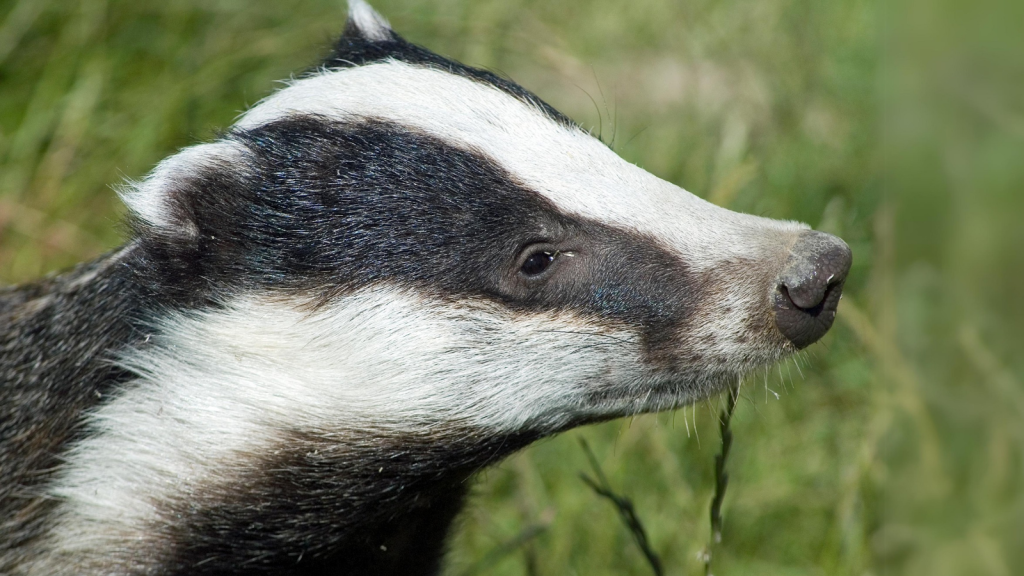
One of the badger’s more unusual adaptations is their ability to turn their ears inside out. This helps keep soil out of their ears when they’re digging. It’s also thought to help protect their ears during fights with other badgers, which can sometimes be quite fierce. This unique ear structure, combined with their ability to close their ear canals completely, allows badgers to work underground for extended periods without damaging their sensitive hearing.
They Have Unique Nose Prints
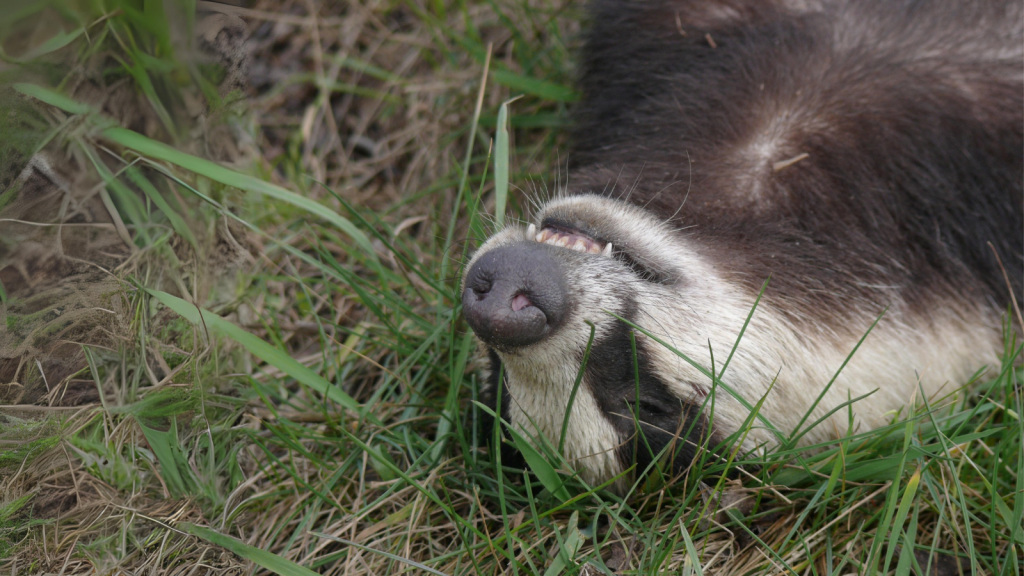
Just like human fingerprints, each badger has a unique pattern on its nose. Researchers use these distinctive markings to identify individual badgers in studies. The patterns are so reliable that some have suggested using them as a form of ‘badger passport’ to help monitor populations. These nose prints remain consistent throughout a badger’s life, making them an invaluable tool for long-term population studies.
Badgers Are Fastidiously Clean
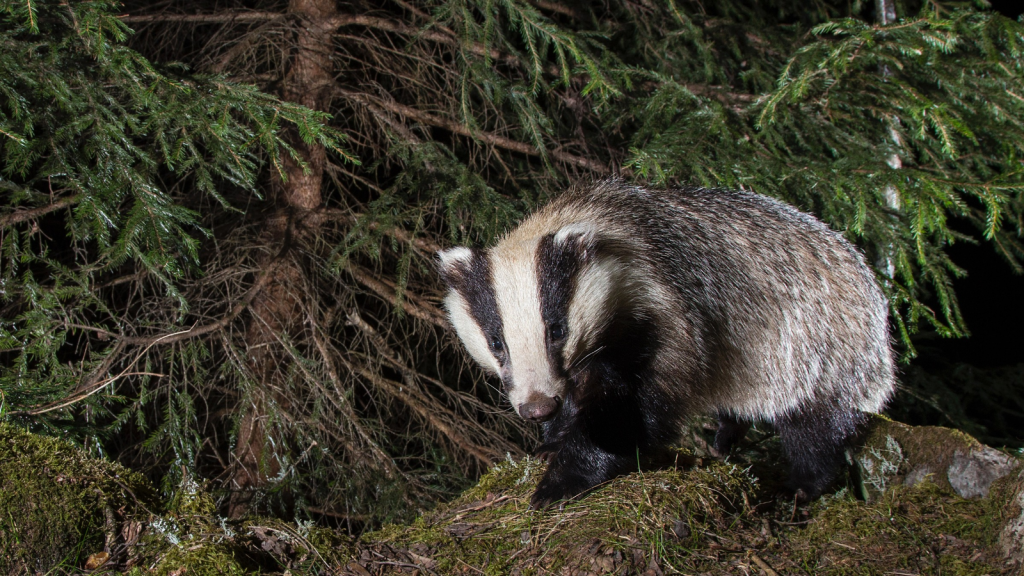
Despite spending much of their time underground, badgers are very clean animals. They regularly groom themselves and each other, and even clean out their setts. Badgers create special latrine pits away from their setts for toileting, helping to keep their homes hygienic. This cleanliness extends to their eating habits too – badgers have been observed washing food items like fruit before eating them.
They’re Protected by Law
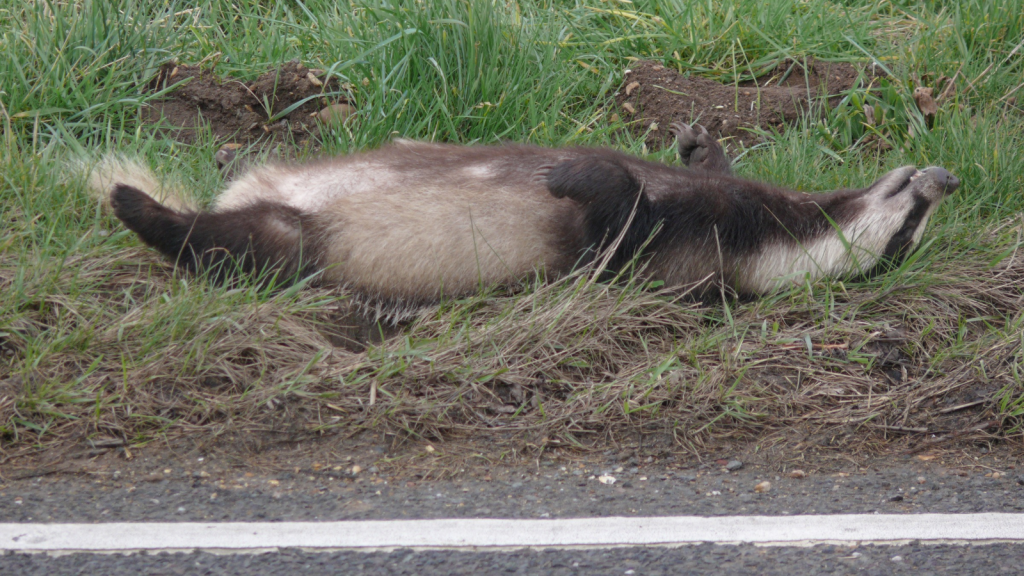
Badgers and their setts are protected under the Protection of Badgers Act 1992. It’s illegal to kill, injure or take a badger, or to interfere with a badger sett. This law was introduced due to the historic persecution of badgers, including the cruel sport of badger-baiting. Today, it helps ensure these iconic British animals are preserved for future generations to appreciate. Despite this protection, badgers still face threats from habitat loss, road traffic accidents, and controversy surrounding their role in bovine tuberculosis transmission.

